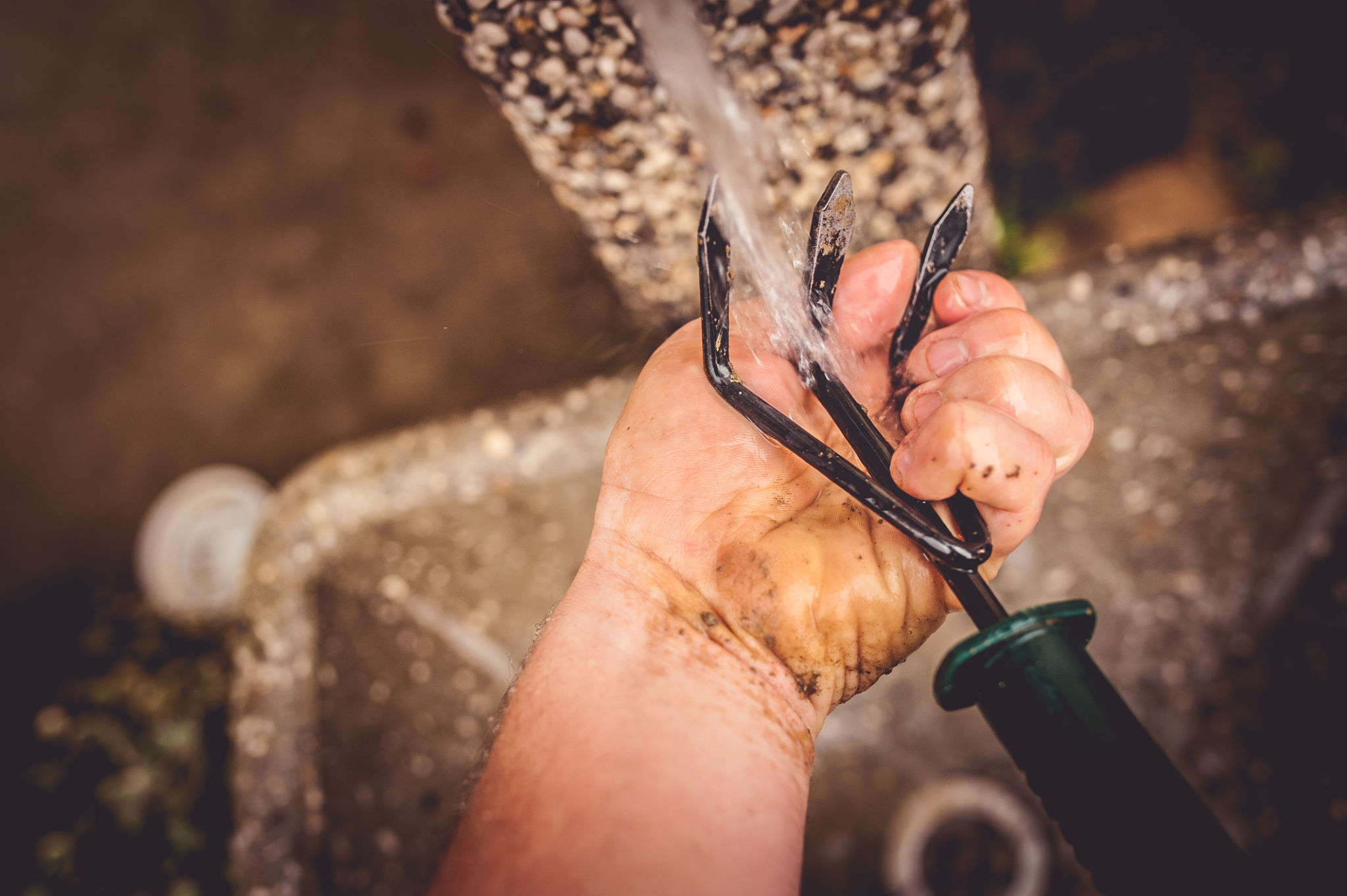DIY Tips for Small Concrete Repairs at Home
Assessing the Damage
Before diving into concrete repair, it is crucial to assess the damage. Determine whether it is a minor crack, a more significant fracture, or surface spalling. Understanding the extent of the damage will guide you in choosing the appropriate repair method and materials. For small cracks, often less than a quarter-inch wide, DIY solutions are generally effective.

Gathering Materials and Tools
Once you've assessed the damage, gather the necessary materials and tools for your repair. Essential items include:
- Concrete patching compound
- Chisel and hammer
- Wire brush
- Trowel
- Safety goggles and gloves
Having these items on hand will ensure a smooth repair process. Additionally, consider purchasing a concrete bonding adhesive for better results.
Preparing the Surface
Proper surface preparation is key to a successful concrete repair. Begin by cleaning the damaged area with a wire brush to remove loose debris and dirt. Use a chisel and hammer to undercut the edges of larger cracks or holes, which will help the patching material bond more effectively.

Cleaning and Moistening
After the initial surface prep, thoroughly clean the area with water to remove any remaining dust. Once clean, moisten the surface before applying the patching compound; this step helps prevent further cracking by reducing moisture absorption from the repair material.
Applying the Patching Compound
With the surface prepared, it's time to apply the patching compound. Follow these steps for best results:
- Mix the patching compound according to the manufacturer's instructions.
- Apply a thin layer of bonding adhesive to the damaged area if recommended.
- Using a trowel, fill cracks or holes with the patching compound, pressing firmly to ensure adhesion.
- Smooth the surface with the trowel, blending the patch with the surrounding concrete.

Curing the Repair
Curing is an essential step to ensure the longevity of your repair. Allow the patching compound to dry according to the manufacturer's instructions, usually 24 to 48 hours. During this time, keep the repaired area moist by lightly misting it with water or covering it with plastic sheeting.
Preventing Future Damage
To extend the life of your repair and prevent future issues, consider applying a concrete sealant. This protective layer will guard against moisture infiltration and minimize freeze-thaw damage. Regular maintenance, such as sealing every few years and promptly addressing new cracks, will help maintain your concrete surfaces in excellent condition.

Conclusion
Small concrete repairs can be tackled successfully with some DIY know-how and the right materials. By assessing damage, preparing surfaces diligently, applying patching compounds correctly, and maintaining your concrete, you can ensure lasting repairs. Not only will you save money, but you'll also gain satisfaction from maintaining your home yourself.